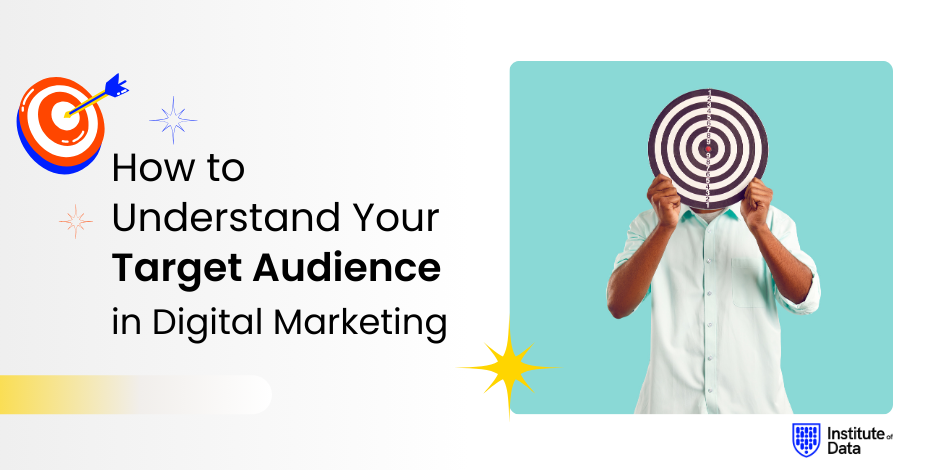Understanding Your Target Audience in Digital Marketing

Stay Informed With Our Weekly Newsletter
Receive crucial updates on the ever-evolving landscape of technology and innovation.
Understanding your target audience in digital marketing is paramount.
It is the foundation upon which winning marketing strategies are built.
This article delves into the intricacies of comprehending your target audience in digital marketing.
Defining your target audience

Understanding your target audience in digital marketing begins with understanding and defining who they are.
This involves identifying the demography of your potential customers, such as age, gender, location, and income level.
Additionally, understanding your target audience requires examining their psychographic traits, which include their interests, attitudes, behaviors, and lifestyle preferences.
Combining demographic and psychographic data can create a comprehensive profile of your target audience.
Utilizing market research
Understanding your target audience in digital marketing starts with a powerful tool: market research.
It involves gathering and analyzing data about your potential customers and the market conditions.
This can be done through focus groups, interviews, surveys, and online analytics tools.
Market research lets you gain insights into your target audience’s needs, preferences, and buying behaviors.
This information can guide your digital marketing strategies and help you create content that reverberates with your audience.
Understanding your target audience in digital marketing: online behavior
Understanding your target audience in digital marketing also involves studying their online behavior.
This includes their browsing habits, social media usage, and online purchasing patterns.
By analyzing this data, you can identify the digital platforms your target audience frequents and the type of content they engage with.
This can inform your content creation and distribution strategies, ensuring you reach your audience effectively.
Analysing web analytics
Understanding your target audience in digital marketing involves properly using web analytics tools like Google Analytics.
They can reveal information about your audience’s browsing habits, keywords, and the type of content they engage with.
Studying this data allows you to tailor your digital marketing strategies to align with your audience’s online behavior.
This can increase your chances of reaching and engaging your target audience effectively.
Engaging your target audience

Once you understand your target audience, the next stage is to engage them.
This involves creating content that resonates with your audience and encourages them to interact with your brand.
Understanding your target audience in digital marketing means engaging them through a deep understanding of their needs, preferences, and interests.
Creating content that addresses these aspects can capture their attention and foster a connection with them.
Creating relevant content
Creating content that resonates with your target audience is crucial in digital marketing.
This involves producing content relevant to your audience’s interests and needs.
Whether it’s social media posts, blog posts, or email newsletters, your content should provide value to your audience and encourage them to engage with your brand.
By creating relevant content, you can establish your brand as a trusted source of information.
This can foster loyalty among your target audience and increase your chances of converting them into customers.
Measuring your success

Understanding your target audience in digital marketing is not a one-time task.
Continuous monitoring and analysis are required to ensure your strategies are effective.
This involves measuring your success and adjusting your plan based on your findings.
Tracking key performance indicators
Key Performance Indicators (KPIs) measure the effectiveness of your digital marketing strategies.
They can include metrics such as social media engagement, website traffic, and conversion rates.
By tracking your KPIs, you can assess whether your strategies effectively reach and engage your target audience.
If you need help, you can adjust your strategies to better align with their needs and preferences.
Conclusion
Understanding your target audience in digital marketing involves market research, online behavior analysis, content creation, and continuous monitoring.
Implementing these strategies can ensure that your digital marketing efforts resonate with your target audience and drive your business success.
Are you ready to launch your digital marketing career? The Institute of Data offers a range of accreditations designed to get you job-ready in the tech arena.
Choose us as your learning partner for an in-depth, balanced curriculum taught by leading professionals.
Visit our programs page to learn more, or book a complimentary call to discuss our programs in more detail.




